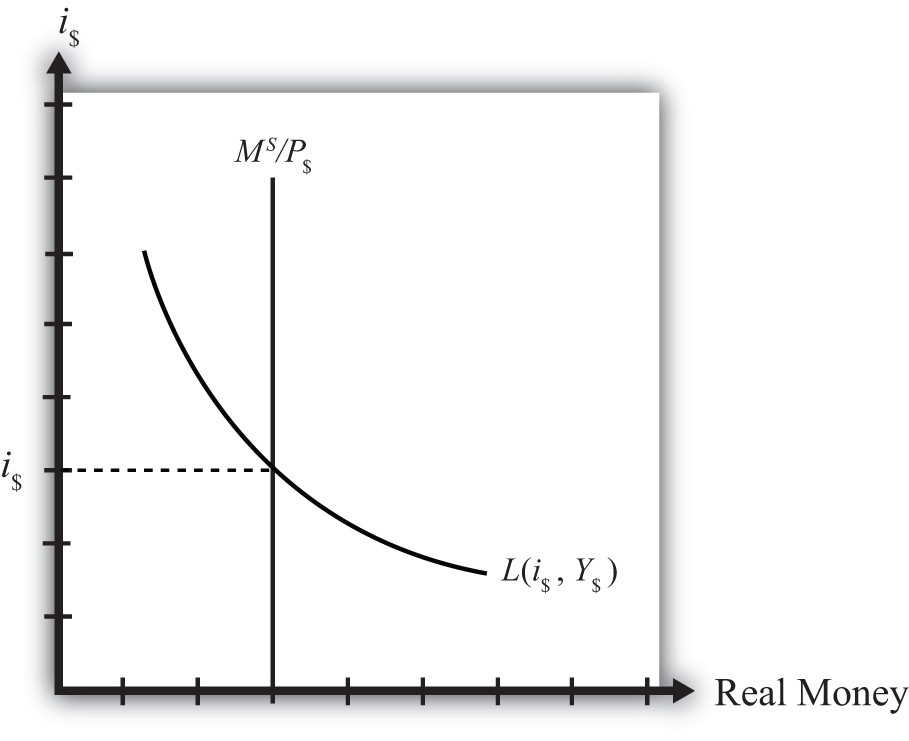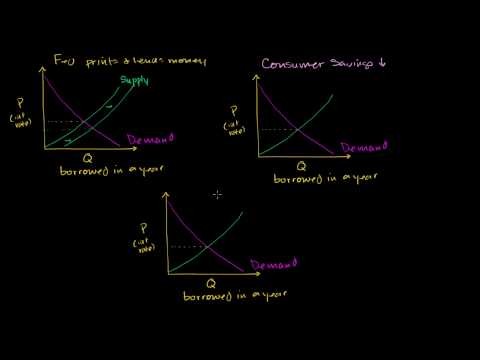The Money Market Money Supply and Money Demand Curves Video Lesson Transcript
Post on: 15 Июль, 2015 No Comment

Instructor: Jon Nash
Jon has taught Economics and Finance and has an MBA in Finance
This lesson explores an economic model describing the supply and demand for money in a nation, referred to as the money market. It also describes the central bank’s role in controlling the money supply, which impacts interest rates and the greater economy.
The Money Market
When Margie earns an income, she always deposits her paycheck into a checking account at the bank. She chooses to keep some of her money in her checking account at all times, and she even keeps a little in the form of cash inside her purse. She also transfers some of this money to her savings account. This is what economists call the ‘demand for money’. At the same time, although Margie may not realize it, the central bank is controlling how much money is available — what economists call the ‘supply of money’.
The money market is an economic model describing the supply and demand for money in a nation. Consumers and businesses have a demand for money, including cash and checking and savings accounts, and they use financial institutions for this purpose. Economists illustrate money demand using a demand curve, just like they do in the market for products and services.
Money Demand and Money Supply Curves
The demand curve for money illustrates the quantity of money demanded at a given interest rate. Notice that the demand curve for money is downward sloping, which means that people want to hold less of their wealth in the form of money the higher that interest rates on bonds and other alternative investments are.
The central bank controls the supply of money, and they interact with other financial institutions. This interaction is part of the money market, and we can illustrate it using a supply curve.
The supply curve for money illustrates the quantity of money supplied at a given interest rate, and here’s what that looks like. Notice that unlike a typical supply curve in the product market, the supply curve for money is vertical, because it does not depend on interest rates. It depends entirely on decisions made by the central bank.
Equilibrium in the Money Market
Equilibrium is reached when supply and demand are the same.

Equilibrium in the money market takes place when the quantity of money demanded is equal to the quantity supplied. Here’s what this equilibrium looks like.
Now that we have a model to work with, we can begin to visualize what happens when money demand increases or decreases, or when the money supply is increased or decreased by the Federal Reserve. Let’s look first at an example of money demand changing and then see what happens when the supply of money changes instead.
Suppose that the economy is doing very well, and real GDP increases this year by 5%. Margie is selling more cakes this year than last year. Everything is happy and prosperous in the land of Ceelo — and in towns across the nation. A higher economic output leads to higher incomes. The higher that income is, the more of their wealth people choose to hold in the form of money, so this leads to an increase in the demand for money.
As you can see here, when money demand increases, the demand curve for money shifts to the right, which changes the equilibrium in the money market. What happens to the nominal interest rate? It rises, from r1 to r2.
On the other hand, if the economy experiences a recession, incomes could fall below their previous level from a previous year. A decrease in incomes throughout the economy would cause a leftward shift in the money demand curve, and result in a lower interest rate, from r1 to r2, as you can see here.
A decrease in incomes creates a leftward shift in the demand curve.














